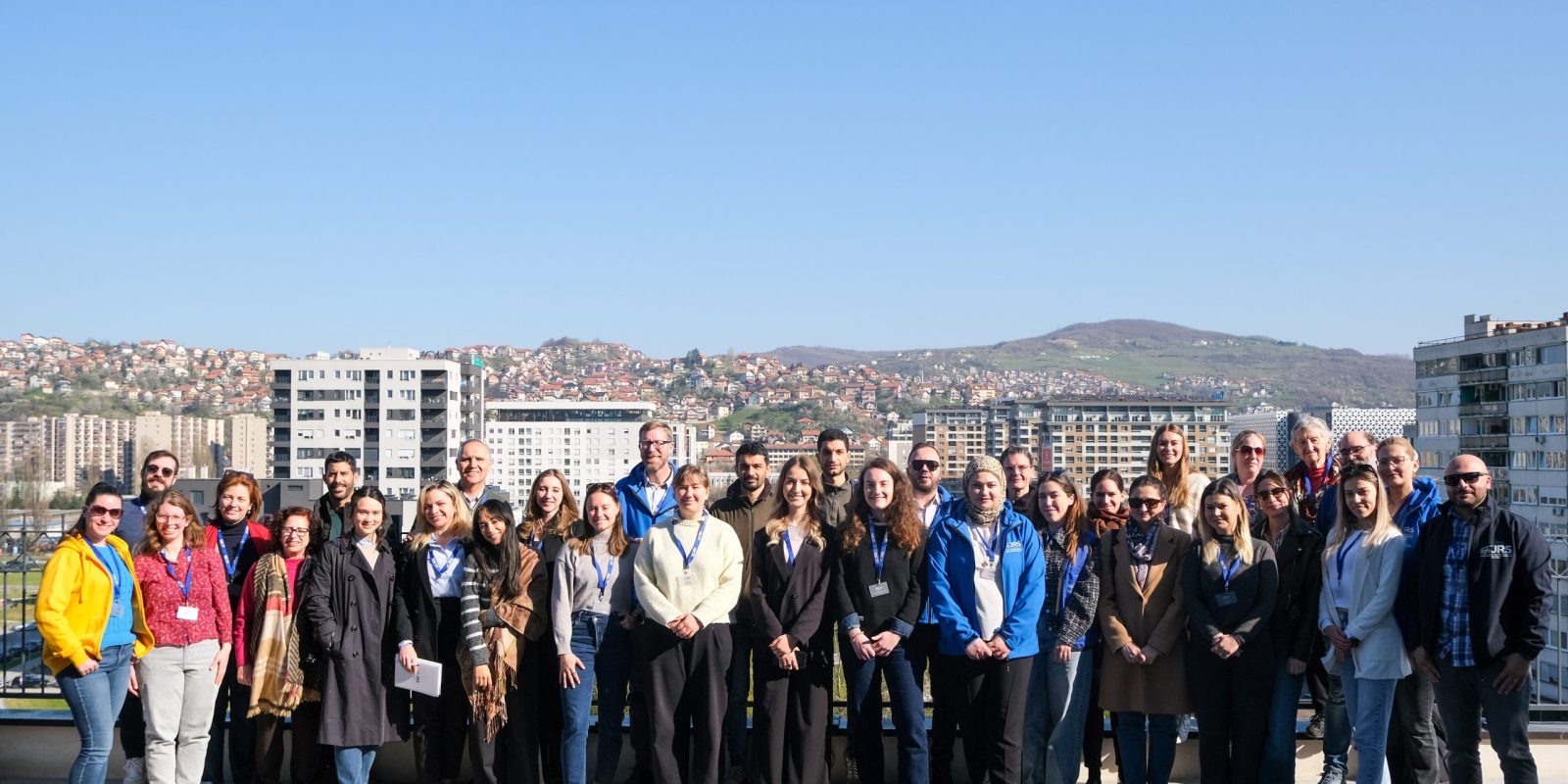2022: not too late for a real ‘fresh start’ for asylum in Europe
11 July 2022|Claudia Bonamini

2021 had been the year of the status quo. No agreement on EU legislation reforms and push-backs and deaths at the EU border as a daily reality, with yet another piece of EU border – that with Belarus – added to the list of places where people lose their life in search for safety and protection. Only two months later, everything seemed to change, when EU borders remained open to welcome millions of Ukrainian seeking protection. So far, however, the change has stopped there. As the deaths in Melilla on 24 June tragically reminded us, people from other parts of the world and at other European borders still risk their lives to seek protection. Not all hope is lost though. The EU response to the Ukrainian refugee crisis so far demonstrates that managing displacement in a humane and coordinated way is possible when there is the will. 2022 can still be remembered as the year of a real ‘fresh start’ in EU asylum policy.
EU Pact not fit for purpose
After almost two years from its publication, the EU Pact on Migration and Asylum – presented as a ‘fresh start’ for EU discussions on these matters – has still not succeeded in finding sufficient support both in the European Parliament and in the Council of the EU. The reason is simple: the Pact, if approved, would not provide solutions for the asylum and migration challenges in the EU. The absence of safe and legal pathways for people seeking protection, the focus on border procedures, the high likelihood of (de-facto) detention, and the lack of a meaningful and structural solidarity mechanism across the EU would only confirm and exacerbate the current situation at the EU external borders. Even worse: if the proposal for a crisis regulation, that was meant to repeal the Temporary Protection Directive, had been applied to face the Ukrainian crisis, measures such as extensions of screening and registration deadlines at the borders would have made the whole system collapse.
Deaths at borders more unacceptable than ever
The approach taken by the EU in response to the Ukrainian refugee crisis is the way to follow. It is based on legal access, swift registration of applications, and the freedom for protection seekers to choose the Member States where they want to go. Although in practice implementation is not always smooth and Ukrainians are often facing many of the obstacles that other refugees face to access their rights, at least in the policy intentions are right and show that protection systems do not collapse by welcoming people in a coordinated and humane way. Knowing this, deaths and violence at EU external borders – at the sea or at the hands of European or third-countries border guards, are today more unacceptable than ever.
Time to make a real ‘fresh start’
The EU can still change course, drop the Pact and pursue the development of a Common European Asylum System worth this name. The huge solidarity response from EU citizens to the arrival of Ukrainian refugees shows that there is support among the population for a humane approach. The recipes that work are known: establish safe and legal pathways, implement the current EU legislation, guarantee dignified reception and invest in integration from day one by encouraging encounters and nurturing the natural solidarity of local communities. The Ukrainian response has shown the way. Political leaders must now choose for real ‘fresh start’.

